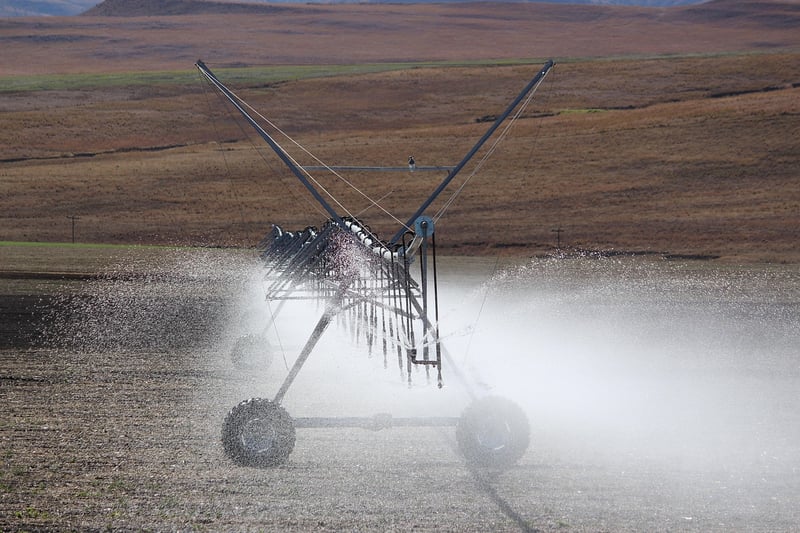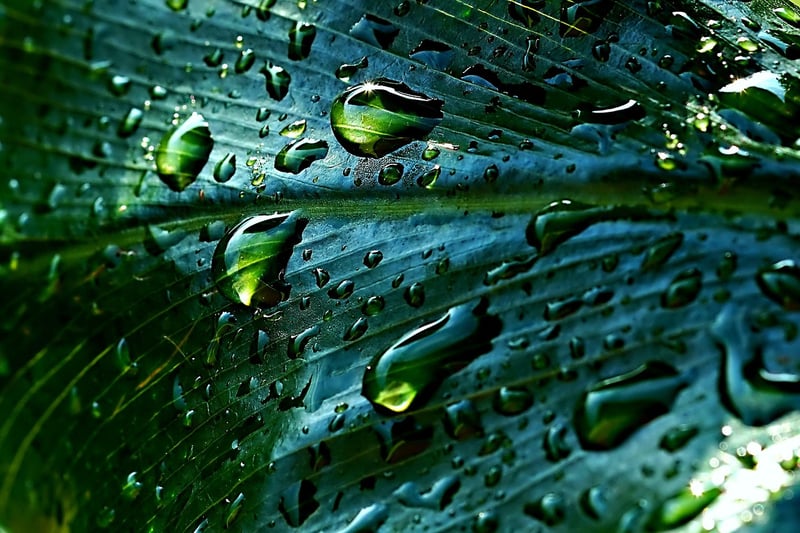Self-Watering Systems
Efficient Watering Methods for Vertical Gardens + Self-Watering Systems
Introduction
Vertical gardens are a popular choice for urban spaces and small outdoor areas, bringing greenery and beauty to otherwise unused walls. However, keeping these gardens adequately watered can be a challenge. In this article, we will explore efficient watering methods for vertical gardens, including the use of self-watering systems.
1. Drip Irrigation System
A drip irrigation system is a cost-effective and water-efficient way to water vertical gardens. It delivers water directly to the base of plants, minimizing evaporation and runoff. Installing a drip irrigation system can ensure that each plant receives the right amount of water, promoting healthy growth.

2. Rainwater Harvesting
Rainwater harvesting is an eco-friendly method of watering vertical gardens. By collecting rainwater from rooftops or other surfaces, you can reduce your reliance on municipal water sources. This collected rainwater can then be used to water your vertical garden, providing a sustainable watering solution.

3. Self-Watering Systems
Self-watering systems are a convenient way to ensure that your vertical garden stays hydrated without constant manual intervention. These systems typically consist of a reservoir that automatically waters the plants as needed, ensuring they receive a consistent water supply.

Types of Self-Watering Systems:
- Capillary Mat System
- Wicking System
- Hydroponic System
Conclusion
Efficient watering is essential for the health and vitality of your vertical garden. By utilizing methods such as drip irrigation, rainwater harvesting, and self-watering systems, you can ensure that your plants thrive while conserving water resources. Choose the watering method that best suits your needs and enjoy a flourishing vertical garden!
Remember, a well-watered vertical garden is a happy vertical garden!
